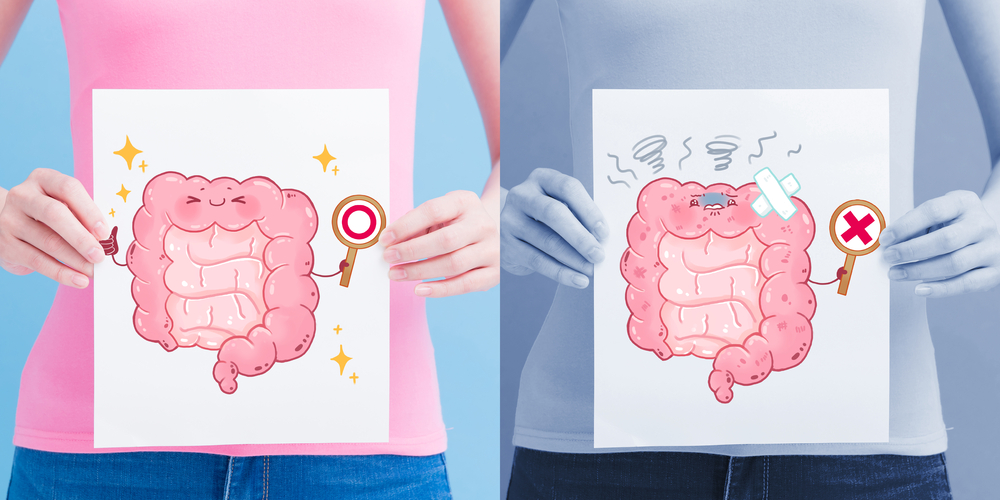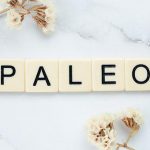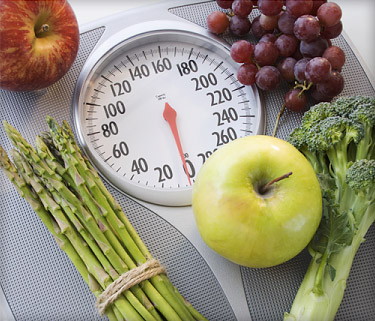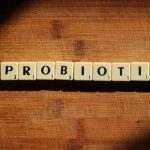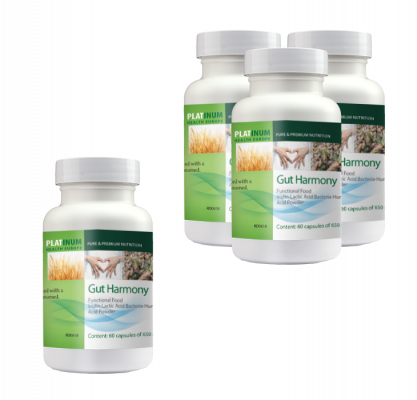The GAPS diet, or Gut and Psychology syndrome, is an elimination diet. Its focus is to aim at healing your gut. It is a very strict diet that believes gut health is linked to overall physical and mental health. Poor nutrition and leaky gut can cause health problems. Leaky gut releases harmful bacteria and toxins into your bloodstream. That then can travel to your brain. The GAPS diet has you avoid foods that are difficult to digest, and replace those with nutrient rich foods that help heal the gut.
The GAPS diet claims to help with conditions such as autism, ADHD, dyslexia, dyspraxia, epilepsy, depression, schizophrenia, bipolar disorder, OCD, disordered eating, childhood food intolerances and allergies. It is also used in adults to help them improve their digestive problems.
Stages Of The GAPS Diet
The GAPS diet has three main stages. First stage is the GAPS introduction diet phase which is the most strict of all the stages. Second stage is Full GAPS or the maintenance phase. Third stage is the reintroductions phase.
Stage 1 Introduction
The first phase or the introduction to the diet is all about gut healing. This phase can take between 3 weeks and a year for you to get all the way through depending on your symptoms. Foods you cannot eat while on the GAPS diet are grains, sugar, potatoes, parsnips, commercial yogurt, cottage cheese, rice, oats, coffee, corn, artificial sweeteners, milk, soy milk, rice milk, coconut milk. During this phase you will mostly eat broths, stews, and probiotic rich foods. The introduction phase has 6 different stages that you will work through. You move on to the next stage when you are tolerating the stage you are on. Tolerating means you have a normal bowel movement.
The first stage is eating bone broth, probiotic juices, ginger, mint or chamomile tea. If you have no dairy intolerances you can eat homemade yogurt. Second stage you add raw organic egg yolks, ghee, and stews that have vegetables, meat or fish. Stage three you add avocado, fermented vegetables, and scrambled eggs. Stage four adds grilled and roasted meats, cold pressed olive oil, and vegetable juice. Stage five adds cooked apple puree, raw fruits but no citrus, and raw vegetables such as lettuce and peeled cucumber. Stage six adds more fruit including citrus. This can take time as you are supposed to be introducing each stage slowly making sure you tolerate them before moving on. Once you make it through all six stages than you can move on to the second phase of the GAPS diet.
Stage 2 Full GAPS
Phase two or the maintenance stage of the GAPS diet is called Full GAPS. This phase can last from one and a half to two years. You should maintain a diet at this point to help your gut heal fully. Foods you can eat are fresh meat, animal fats, fish, shellfish, organic eggs, fermented foods, vegetables, moderate amounts of nuts, and GAPS recipes for baked goods. There are also other recommendations for you to follow during this phase; do not eat meat and fruit together, use organic when possible, eat animal fat, coconut oil, or cold pressed olive oil at every meal, consume bone broth at every meal, consume large amounts of fermented foods, avoid packed and canned foods, avoid refined carbohydrates, preservatives, and artificial colorings.
Stage 3 Maintenance
After the maintenance phase when you have six months of normal digestion and bowel movements you can go to phase three which is the reintroduction phase. You will have been on the GAPS diet for about a year and a half to two years at this point before you should start reintroducing foods. There are little guidelines at what order you should add foods back into your diet, but you should start with potatoes and fermented gluten-free grains. This phase can take years to complete on its own. When reintroducing a food, start with small portions. If you have no digestive issues for 2-3 days you can increase your portions. Reintroduce foods slowly and one at a time so you know if you experience digestive distress what food is causing the symptoms.
Along with the elimination diet the GAPS diet recommends that you take daily supplements. The supplements they suggest you take alongside the diet is a probiotic, an essential fatty acid, digestive enzymes, and cod liver oil. Since this diet is extreme and cuts out a lot of things that can round out your diet it is very easy to become malnourished. There is little guidance in this diet in making sure you are getting your daily nutritional values. This can be extremely detrimental to children who are on the diet, and are growing and need vital nutrients. The strictness of this diet can also make it very hard for you to stick to for a long period of time.
READ MORE: Detox – What Exactly Is It?
Sources:
https://foodinsight.org/what-is-the-gaps-diet/
https://www.healthline.com/nutrition/gaps-diet#The-bottom-line
https://www.medicalnewstoday.com/articles/325046#how-to-follow
https://www.eatingwell.com/article/7956612/what-is-the-gaps-diet/

